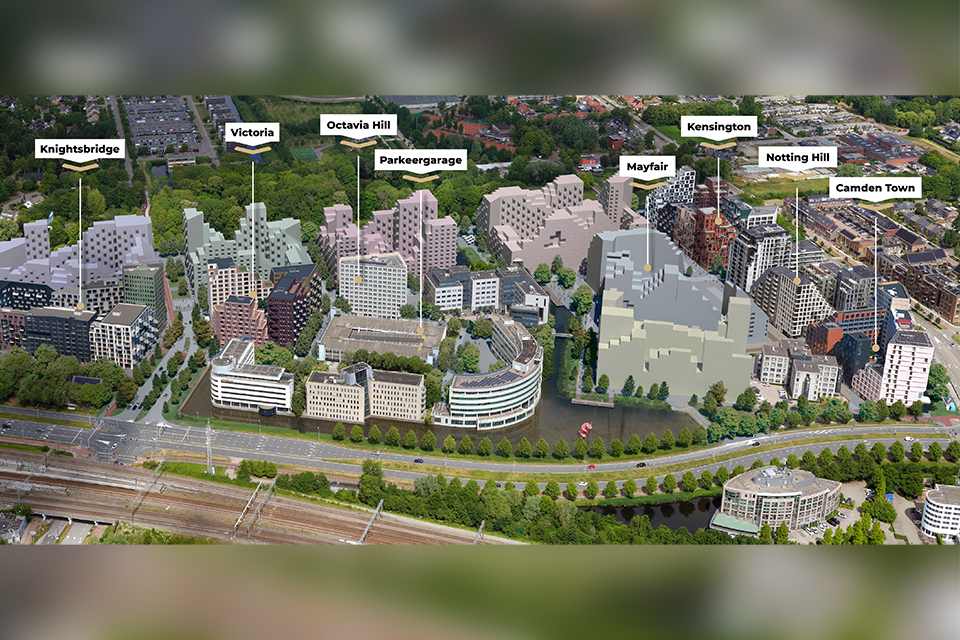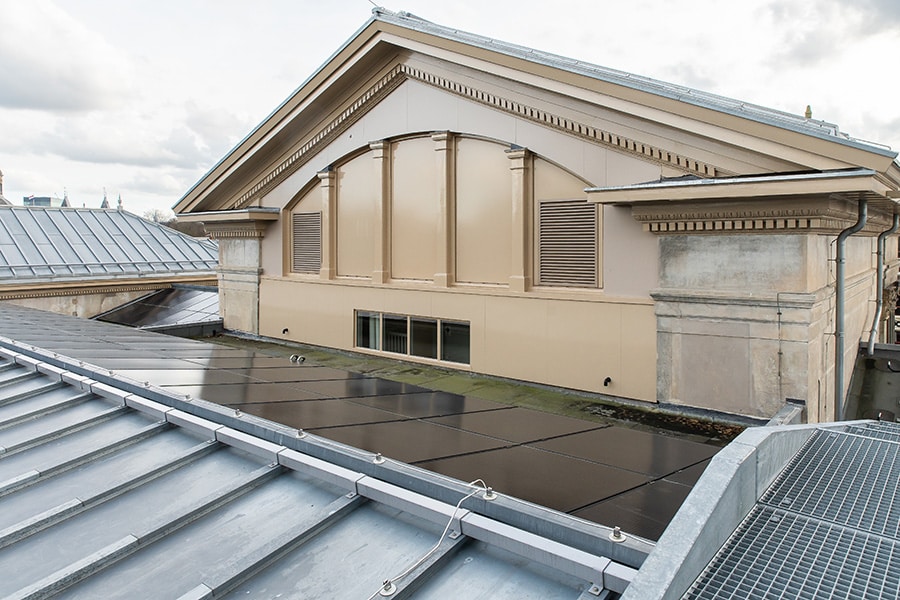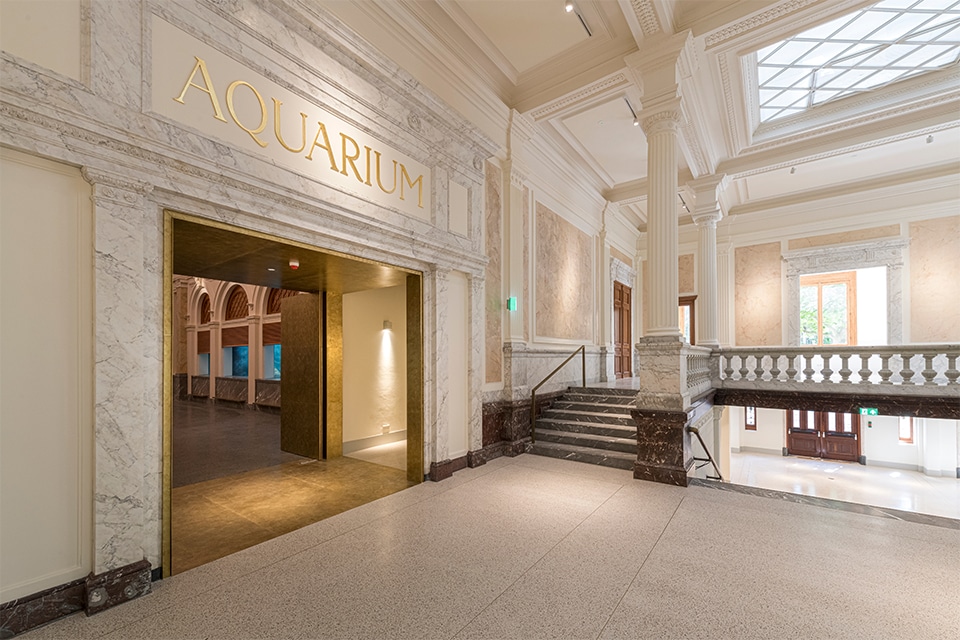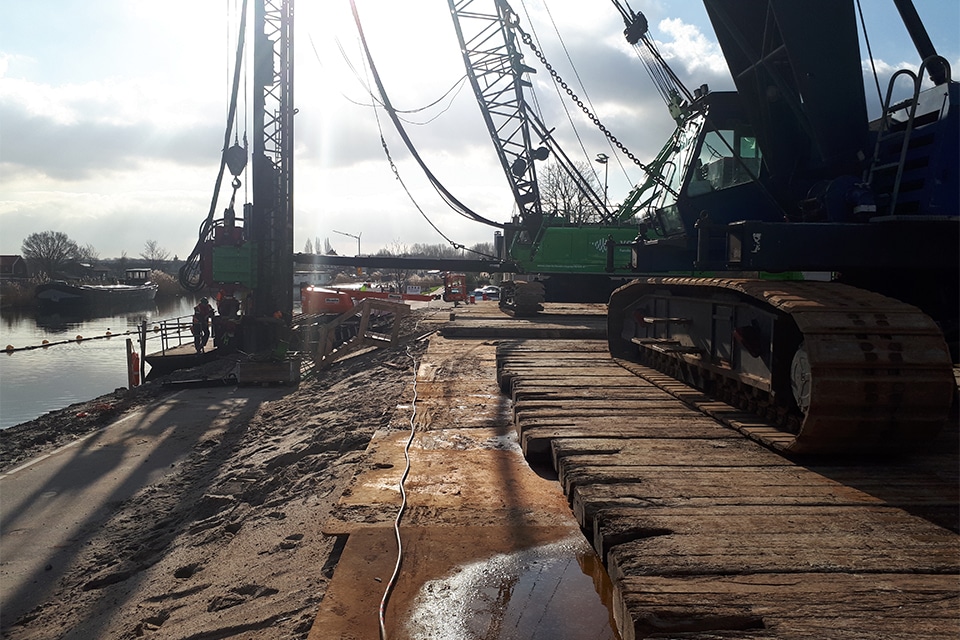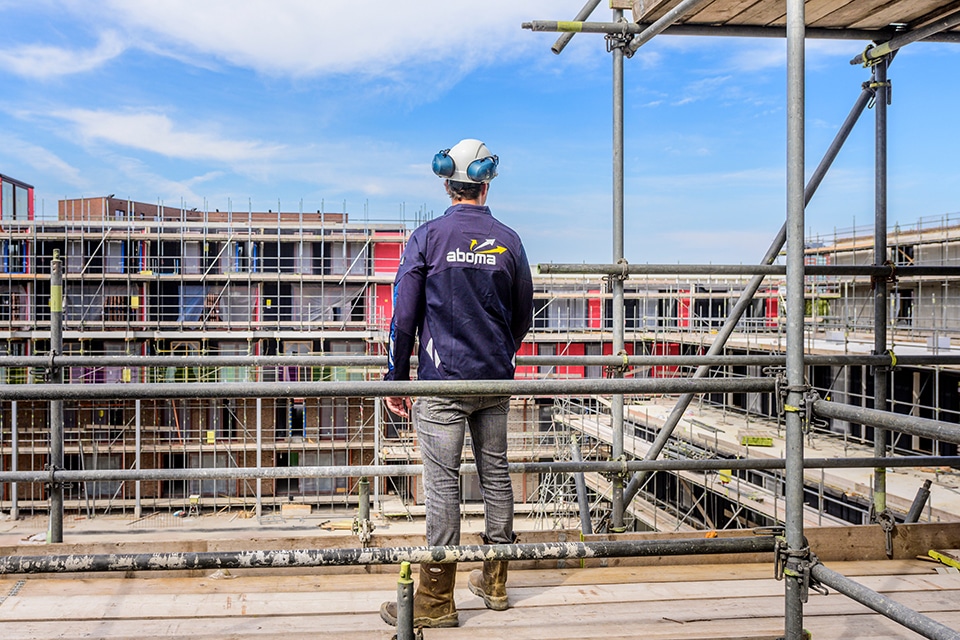
Really ensuring structural safety in construction projects
Along with fire safety, structural safety is normative for the degree of quality assurance required by the Wkb. Yet in many construction projects it is still a neglected issue. Aboma Consultancy has joined the Knowledge Portal for Structural Safety (KPCV) as a partner to (even) better ensure structural safety in building projects.
Constructive safety is a joint responsibility. Yet, according to Dick Stoelhorst, initiator and chairman of the KPCV, that responsibility is still very often pushed aside. "'The structural engineer will take care of that,' we often hear back. While an installation company, for example, has at least as much influence on structural safety and should be fully included in that process. And the same goes for a contractor. He must not only have an eye for the planning, but must also check, for example, whether the temporary structure is suitable for pouring concrete. All the partners in the chain have a role to play in ensuring structural safety. We not only want to get that into people's heads, but also offer concrete tools to make that possible. Also completely free of charge.
Expert in temporary facilities
The KPCV describes assurance actions for all chain partners. By now, nearly sixty partners have already committed to the initiative. Partners that reflect the entire construction column, ranging from structural engineers and installers to construction companies and recently also Aboma. "We too see in practice that structural safety is a neglected issue and that, in particular, the structural safety of temporary structures is underestimated or the risks are not properly recognized," says Pieter Visser of Aboma Consultancy. "It is precisely on this aspect that we at Aboma have gained a lot of practical knowledge on construction sites. We are experts in the application of temporary facilities that ensure structural safety during the construction process. That is the added value we bring in as a partner in the knowledge portal." Stoelhorst illustrates the importance of this with an example: "A large project in Rotterdam recently resulted in several casualties. The braces of a temporary construction were considered a nuisance and were omitted. As a result, the structure collapsed during the concrete pour. Expertise on how a temporary structure is put together, how it functions and what can and cannot be done is crucial to ensure structural safety even during the execution phase."
Joint responsibility
Construction is becoming increasingly fragmented, Stoelhorst observes. "For temporary constructions, people rely heavily on the advice of the relevant suppliers, whereas in the past that knowledge was much more present in the contractor himself. Who now has the overview and who is responsible for safety? All parties in the design and execution must realize that they are part of the overall process to ensure that a safe construction is created. From KPCV we focus on that process and show how to deal with roles, division of tasks and responsibilities. We do this by analyzing the risks for each phase and setting up assurance actions. Parties are taken by the hand right from the initiative to make good process agreements." Visser: "That is exactly what we embrace from Aboma's vision. The final situation is often assumed, but sufficient attention must be paid to safe execution as early as the drawing board. So that in the design you are prevented from having to tighten a bolt of an element, half leaning over a scaffold. With the tools of the KPCV, this is guaranteed."
BORGR
Large clients such as Rijkswaterstaat, ProRail and the Rijksvastgoedbedrijf all already refer to the tools of the KPCV. Web tools such as a Personal Scan and a Project Team Scan allow you to check, among other things, whether there is sufficient process knowledge about structural safety, how the responsibilities within the project are arranged, and whether all risks have been managed. The most recent addition is the BORGR web tool, which will be launched on May 2. The tool secures coherence during and between all phases, from the very beginning to the completion of a construction project. This makes it possible for developers and builders in the Netherlands to really secure structural safety in the process.
